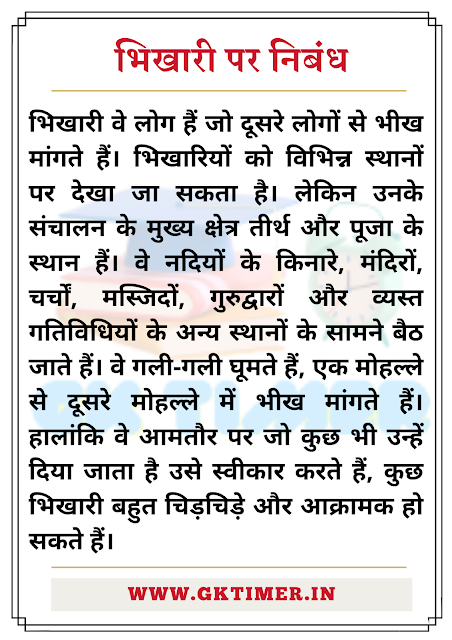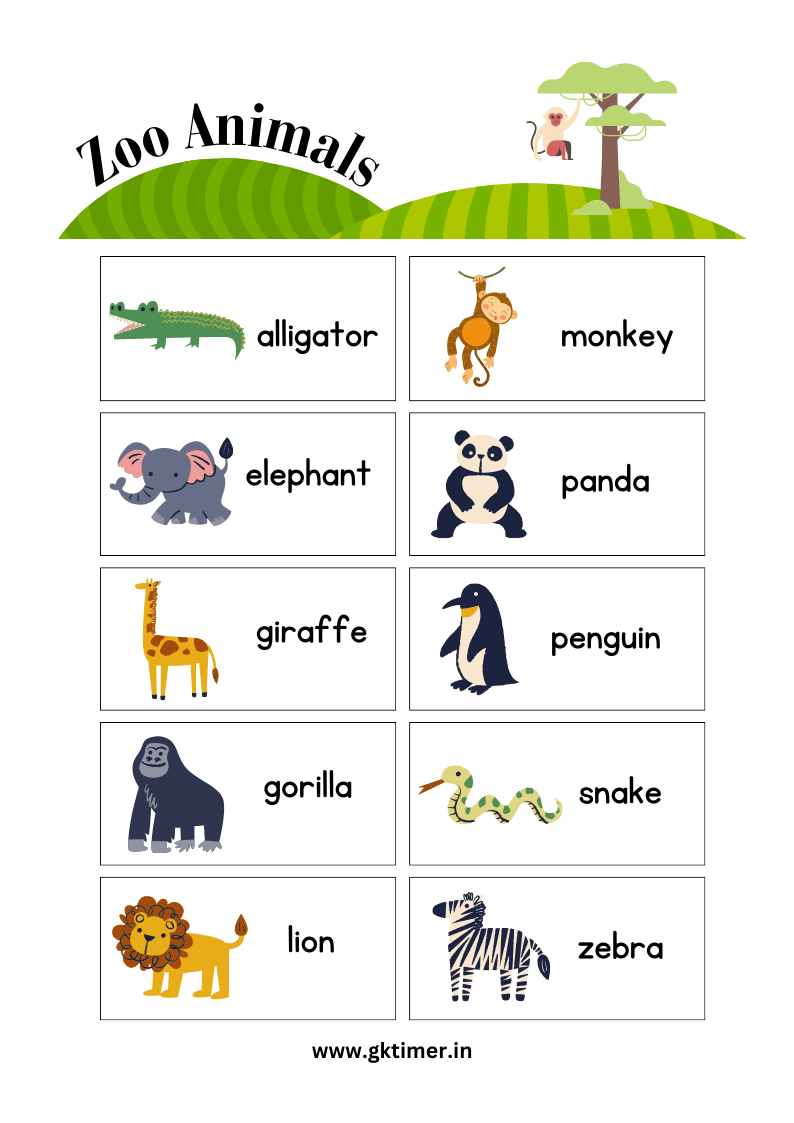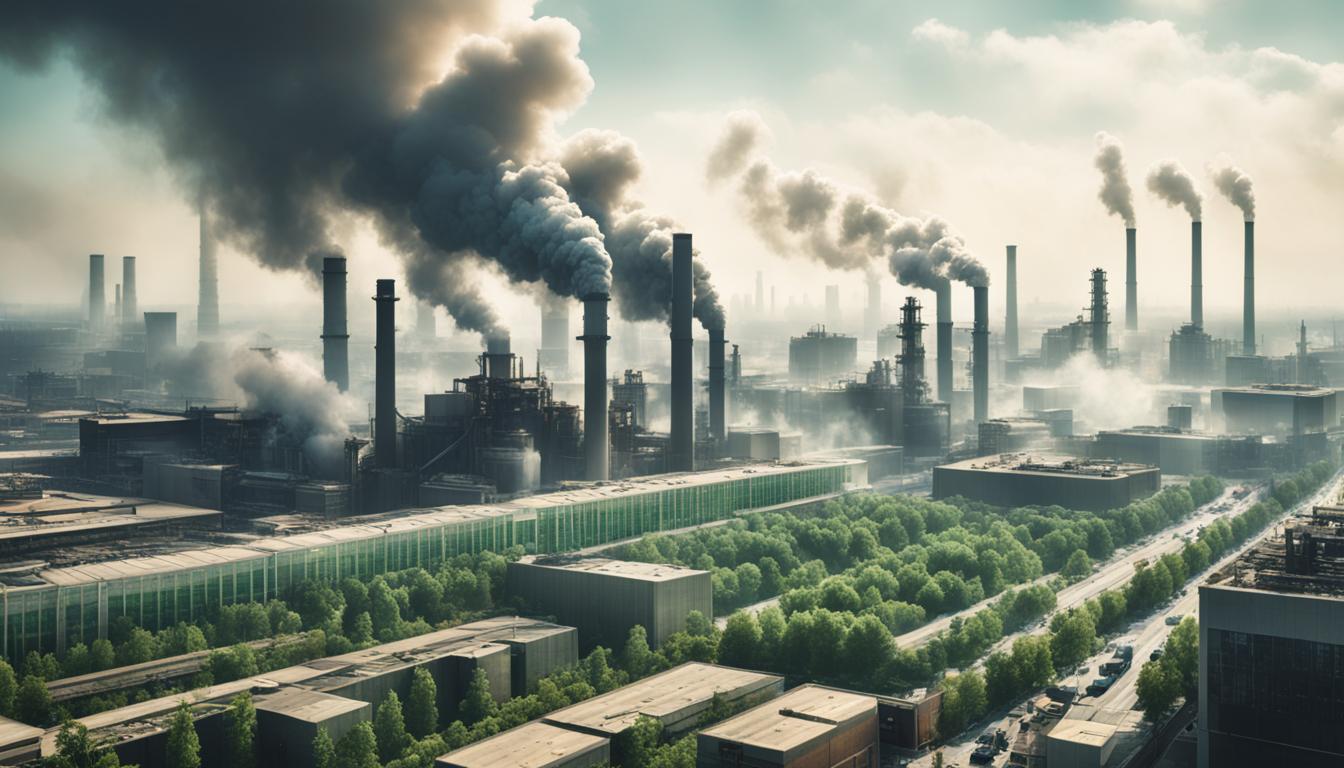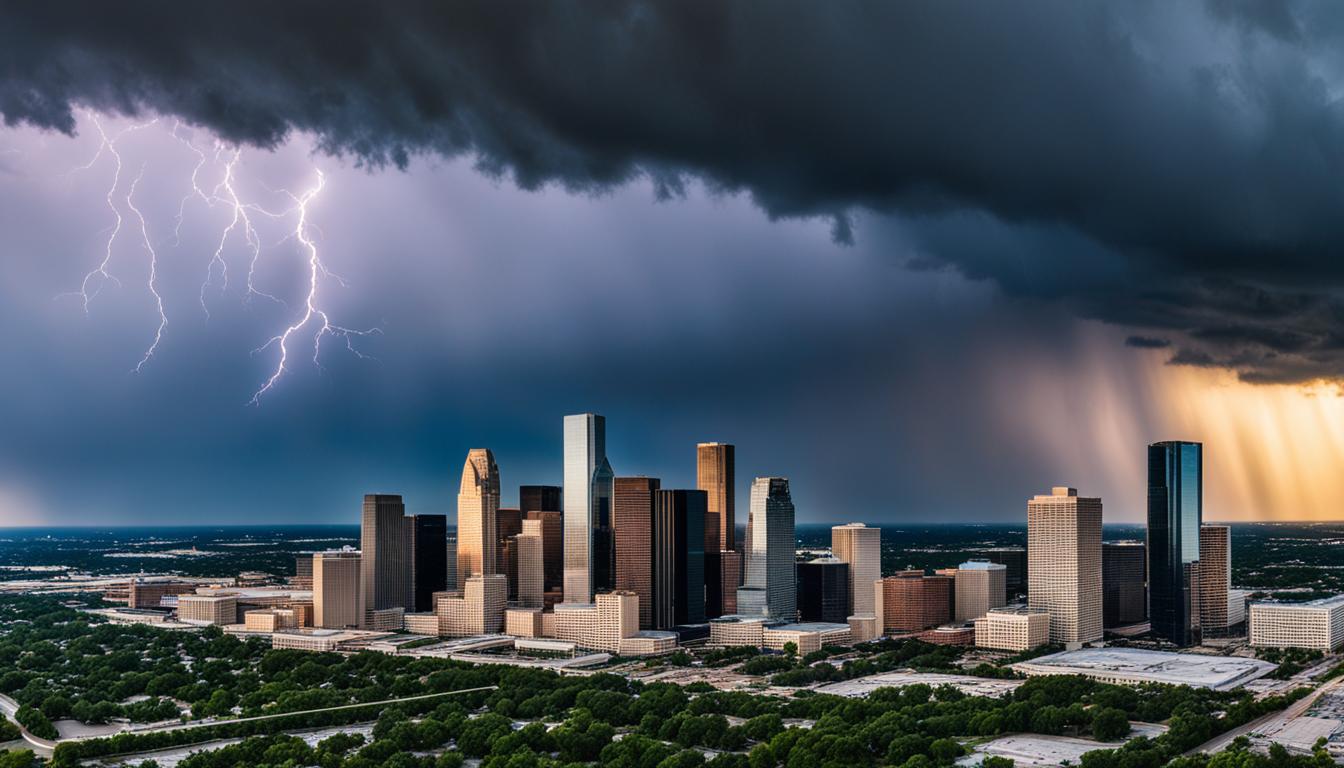211. What is the time limit given to Parliament to pass the ordinance promulgated by the President of India ?
Correct Answer:-B ( 6 weeks )
Description:- Ordinances remain valid for no more than six weeks from the date the Parliament is convened unless approved by it earlier.
212. The Estimate Committee consists of
Correct Answer:-A ( 30 members from Lok Sabha )
Description:- The Estimates Committee, constituted for the first time in 1950, is a Parliamentary Committee consisting of 30 Members, elected every year by the Lok Sabha from amongst its Members.
213. The Speaker of Lok Sabha is elected by
Correct Answer:-A ( all the members of Parliament )
Description:- The Speaker is the presiding officer of the lower house of Parliament of India.
214. Who Chairs the Joint Session of the two Houses of Parliament ?
Correct Answer:-C ( Speaker of Lok Sabha )
Description:- The presiding officer of the Lok Sabha (Lower House) is known as the Speaker. The joint session of Parliament is presided over by the Speaker of the Lok Sabha and a decision is taken by a majority of the total members present.
215. A bill is a ‘Money Bill’ or not will be decided by
Correct Answer:-D ( Speaker of Lok Sabha )
Description:- A Money Bill can be introduced only in the Lok Sabha. It can be introduced only on the recommendation of the President. A bill is a Money Bill or not will be decided by speaker of Lok Sabha.
216. The winning candidate in the Election of President of India should secure
Correct Answer:-D ( More than fifty percent and majority of the total votes polled )
Description:- The winning candidate in the Election of President of India [Article 54] should secure more than fifty percent and majority of the total votes polled. The President is elected by an electoral college.
217. Who appoints Secretary General of the Lok Sabha ?
Correct Answer:-B ( Speaker )
Description:- Speaker of the Lok Sabha, appoints Secretary General of the Lok Sabha.
218. Which of the following is presided by a non-member ?
Correct Answer:-B ( Rajya Sabha )
Description:- Vice-President is the ex-officio chairman of the Rajya Sabha.
219. There is a Parliamentary system of Government in India because
Correct Answer:-D ( The Council of Ministers is responsible to the Lok Sabha )
Description:- The Council of Ministers is responsible to the Lok Sabha
220. What are the basic, functions of Public Accounts Committee (PAC) ?
Correct Answer:-A ( to examine the statement of accounts showing the income and expenditure of state corporations, trading and manufacturing schemes and projects. )
Description:- The Public Accounts Committee scrutinises appropriation and finance accounts of Government and reports of the Comptroller and Auditor General . It ensures that public money is spent in accordance with Parliament’s decision and calls attention to cases of waste, extravagance, loss or nugatory expenditure.
221. Which one of the following is not an All India Service ?
Correct Answer:-A ( Indian Foreign Service )
Description:- Initially there were only two All India Services : Indian Administrative Services and Indian Police Service. In 1963, Indian Forest Services, India Engineering Services and Indian Life Science Services were included as All India Services. India Foreign Service comes under the Central Services.
222. Which of the following parts of the Indian Constitution ensures social and economic democracy?
Correct Answer:-C ( Directive Principles of State Policy )
Description:- The Part IV of the Constitution of India contains Directive Principles of State Policy covering Articles 36-51 that aim at establishing social and economic democracy in the country.
223. Members of the Executive under Presidential System of Government
Correct Answer:-C ( are not members of either House of Legislature )
Description:- Members of the Executive under Presidential System of Government are not members of either House of Legislature.
224. The Vice-President is:
Correct Answer:-D ( Not a member of the Parliament )
Description:- The Vice-President is not a member of either House of Parliament or of a House of a Legislature of any state. If a member of either House of Parliament or of a House of a Legislature of any state is elected as Vice-President, he is deemed to have vacated his seat in that House on the date he/she enters his office as Vice-President.
225. Who of the following enjoys the rank of Cabinet Minister in Union Cabinet ?
Correct Answer:-D ( Deputy Chairman of Planning Commission )
Description:- With the prime minister as the ex-officio Chairman, the Planning Commission has a nominated Deputy chairman, who is given the rank of a full Cabinet Minister. Mr. Montek Singh Ahluwalia is presently the Deputy Chairman of the Commission.
226. The vacancy of the office of the President must be filled within :
Correct Answer:-A ( 6 months )
Description:- According to Article 56 of the Indian Constitution, the election to fill a vacancy in the office of President occurring by reason of his death, resignation or removal, or otherwise shall be held as soon as possible after, and in no case later than six months from, the date of occurrence of the vacancy.
227. Who decides a ‘bill’ is a money bill ?
Correct Answer:-B ( Speaker of Lok-Sabha )
Description:- The Speaker of the Lok Sabha certifies if a Finance bill is a Money Bill or not within article 110 of the Constitution of India.
228. Who presides over the Joint Session of Indian Parliament?
Correct Answer:-A ( Speaker of Lok Sabha )
Description:- The Speaker of Lok Sabha presides over the joint sittings of both Houses of Parliament. The joint session of parliament is convened by the President of India.
229. The concept of Concurrent List in Indian Constitution is borrowed from the Constitution of
Correct Answer:-C ( Australia )
Description:- The Indian Constitution borrowed the concept of concurrent list from Australia. From the Australian constitution, India also borrowed the features of Freedom of Trade, Commerce And Inter State Trade, and Joint Sitting In The Parliament.
230. Presidential form of government consists of the following:
Correct Answer:-D ( All of the above )
Description:- A presidential system is a republican system of government where a head of government is also head of state and leads an executive branch that is separate from a legislative branch. The executive is elected and often titled “president” and is not responsible to the legislature and cannot, in normal circumstances, dismiss it.
231. How many members can be nominated to both the Houses of the Parliament by the President ?
Correct Answer:-D ( 14)
Description:- The President of India can nominate no more than two members from Anglo-Indian community to the Lok Sabha if he or she feels that the community is not adequately represented. The President can nominate 12 members to the Rajya Sabha who have special knowledge or practical experience in respect of literature, science, art and social service.
232. “Residuary powers” under the Indian Constitution means
Correct Answer:-D ( the powers, which have not been specifically enumerated in the Union List, State List and Concurrent List. )
Description:- the powers, which have not been specifically enumerated in the Union List, State List and Concurrent List.
233. How many members are nominated by the President to Rajya Sabha ?
Correct Answer:-B ( 12)
Description:- 12 members are nominated by the President to the Rajya Sabha. These members are nominated on the basis of their contributions to art, literature, science, and social services.
234. The Chairman of the Public Accounts Committee of the Parliament is appointed by
Correct Answer:-A ( Speaker of Lok Sabha )
Description:- The Chairman of the Public Accounts Committee (PAC) is appointed by the Speaker of Lok Sabha. Since 1967, the chairman of the committee is selected from the opposition. The term of office of the members is one year.
235. In which House, is the Presiding Officer, not a member of that House ?
Correct Answer:-A ( Lok Sabha )
Description:- Rajya Sabha, is the presiding officer, not a member of that house. Note : The Rajya Sabha or Council of States is the upper house of the Parliament of India. Membership of Rajya Sabha is limited by the Constitution to a maximum of 250 members, and current laws have provision for 245 members. The Vice-President of India (currently, Hamid Ansari) is the ex-officio Chairman of the Rajya Sabha, who presides over its sessions.
236. The President of India has the discretionary power to
Correct Answer:-B ( appoint the Prime Minister )
Description:- The President of India can use discretionary powers under the following situations: (i) In appointing the Prime Minister from among the contenders when no single party attains majority after elections to the Lok Sabha; (ii) While exercising a pocket veto; (iii) Returning the Bill passed by the Parliament once for its reconsideration; etc.
237. Name the two non-permanent Houses in the Parliamentary setup of India.
Correct Answer:-D ( The Lok Sabha and Vidhan Sabha )
Description:- In Indian constitutional set up, the lower houses of Parliament and State legislatures (Lok Sabha and Vidhan Sabha) are considered as non-permanent as they exist for a certain period and are subject to dissolution. However, the upper Houses (Rajya Sabha and Vidhan Parishad) are permanent as it is not subject to dissolution; its members retire after a certain period.
238. The Ministry sometimes referred to as “Green Ministry” in India is Ministry of
Correct Answer:-B ( Environment and Forests )
Description:- The Union Ministry of Environment and Forests is also known as ‘Green Ministry’ as it is responsible for planning, promoting, coordinating, and overseeing the implementation of environmental and forestry programmes in the country. The main activities undertaken by the ministry include conservation and survey of the flora of India and fauna of India, forests and other wilderness areas; prevention and control of pollution; afforestation, and land degradation mitigation. It is responsible for the administration of the national parks of India.
239. In Presidential Government, the President is
Correct Answer:-A ( independent of the Legislature )
Description:- Presidential Government is a system of government in which the president is constitutionally independent of the legislature. In it, the head of government is also head of state and leads an executive branch that is separate from the legislative branch. The United States, for instance, has a presidential system.
240. Residuary powers in the Indian Constitution have been assigned to
Correct Answer:-A ( Union Parliament only )
Description:- Article 248 of Indian constitution vests the residuary power, i.e., the power to legislate with respect to any matter not enumerated in any one of the three lists in the union legislatures. It has been left to the courts to determine finally as to whether a particular matter falls under the residuary, power or not.




